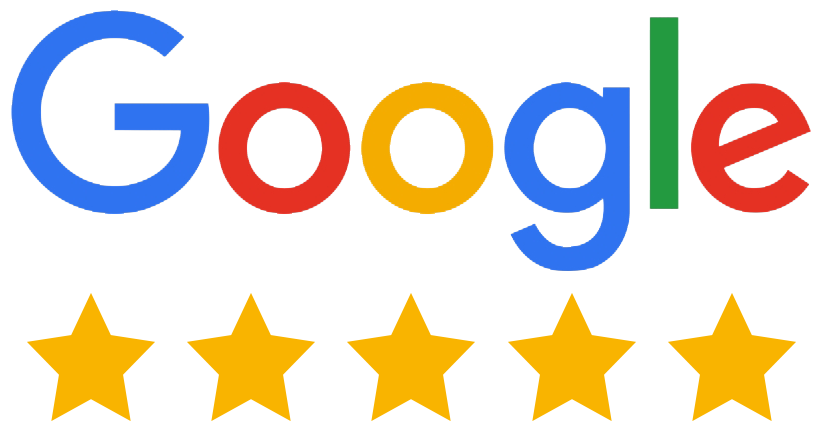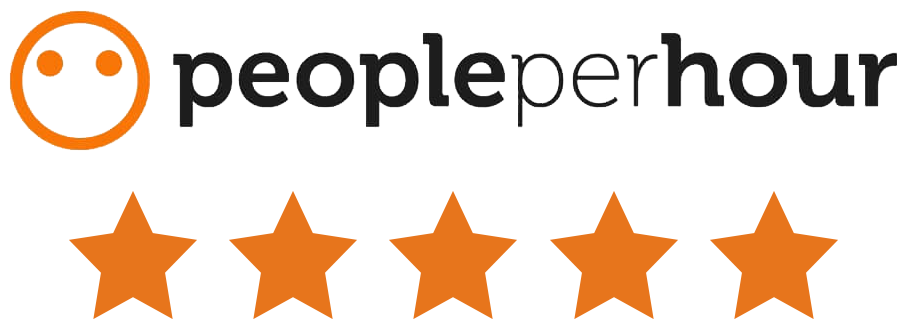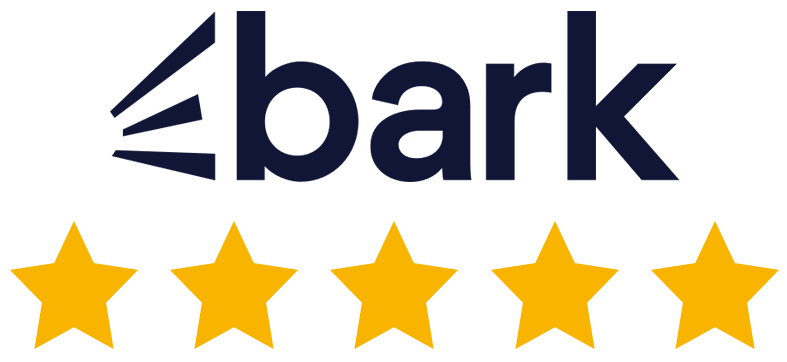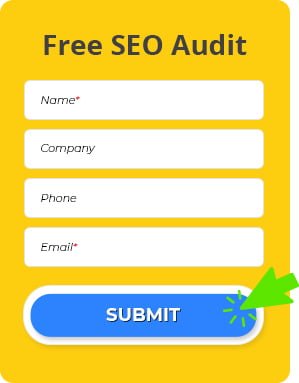John Mueller Explains the Use of Alt Text for SEO
- 19 April, 2022
- Jason Ferry
- Google SEO
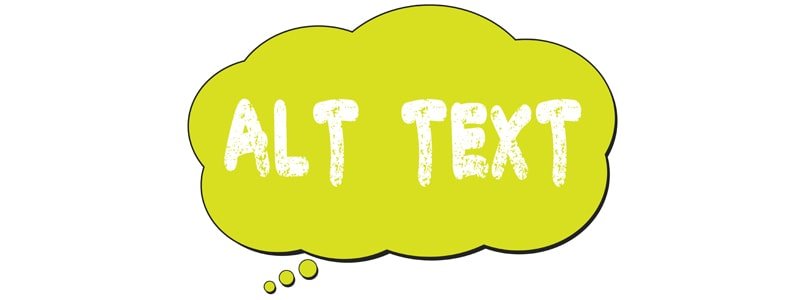
One of the best Google SEO practices is the effective use of alt text. When it comes to Google SEO, the purpose of alt text is to provide the search engine with information about the content of an image, which can help them index it and show it in image search results.
However, over time, there has been some confusion about how important alt text actually is for SEO. In a recent Google Webmaster Central office-hours hangout, John Mueller addressed this topic and explained how alt text could be used effectively for SEO purposes.
Mueller began by dispelling the idea that there is a 16-word limit to what users can put in the Alt Text field. He said that this was never the case and that everyone should feel free to use as many words as they need to describe the image accurately.
What is Alt Text?
Alternative text refers to the text used to describe images. It is important for users who use screen readers, as it will be used to describe what an image depicts.
A screen reader is a type of assistive technology that aids people with visual impairments in using online documents. The screen reader reads computer documents aloud so that the user may hear what is on the page.
The 16-Word Limit
John picked up a question from a food blogger verifying whether or not there's a 16-word limit to alt text, as most users believe. Mueller answered that there is no word limit, but vital content should be included for the image to be useful.
Some claim that the maximum number of words used for the alt text is 16, but what does this mean for usability?
Mueller explains that the main thing to take away is that there are no guidelines regarding how long the alt text can be. This means that, from a Google Search perspective, users can include a lot of relevant information in the alt text for an image.
The notion that the alt text for images should be searchable in Google Images may have emerged from an SEO experiment that sought to identify text within image alt text that was searchable in Google Images.
The test consisted of non-existent words (essentially nonsense) and revealed that Google couldn't find pictures using more than 16 words to look for them.
According to Mueller, the test does not suggest any restriction but rather reflects Google Images' usage of various algorithms when compared to regular internet searches.
Using nonsensical words to test Google typically yields incorrect "SEO test" outcomes. This is because Google is designed to rank actual words and not gibberish.
For nonsensical entries, Google will likely switch to the standard algorithm (since it doesn't apply) and attempt a straightforward match from query to web page, which isn't how Google search normally operates.
The question now is whether or not that mistake impacted the SEO test.
How to Use Alt Text for Google SEO
Mueller then explained how Google uses alt text in images and what that means for how to use alt text for SEO purposes.
He said that Google primarily uses it to better understand the image in terms of the use of alt text. This way, if someone is searching in Google Images for something that matches the alt text, then Google can use that to understand that the image is relevant for that alt text on that specific page.
What Words Can Be Used in the Alt Text
Mueller also noted how to pick the best words for image alt text.
He said that what might be important to note is that users don't need to describe exactly what is in the image when it comes to Google images. Instead, one can actually describe what the image means for the page.
So, if a page shows a picture of a beach, the alt text might say "this is the beach in front of a hotel" or "this is the beach that the user took a photo of when they were doing a chemical clean-up."
This type of description can be more helpful because it gives users information about what they will find on the page.
Final Thoughts
Basically, what this means for SEO is that site owners and publishers should use words that provide context to the image within the web page so that when someone with a screen reader comes across the image, the context of how that image fits into the content of the web page will become clearer. This is good for both accessibility and SEO.
Optimise Your Page Performance Using Alt Text
Businesses can greatly benefit from the impact of using alt text because it can help improve the Google SEO performance of their website pages. By using words that provide context to the images on a page, screen reader users will be able to understand the content better.
This is one of the best Google SEO practices we apply here at position1SEO.co.uk. Our experts have many years of experience in the field and know exactly how to get the most out of your website pages.
Working with us will improve the accessibility of your site for people with disabilities, and it will give you a better chance of ranking high on Google. We also offer many other essential SEO services, such as keyword research, link building, content writing, and many more.
Position1SEO is the leading provider of SEO services in the UK, making use of only the best Google SEO tools and techniques. We have a team of experts dedicated to helping businesses improve their online presence and performance. Contact us today to learn more about how we can help you!
Our commitment is to assist you in increasing website traffic and improving your rankings! Please visit our homepage or contact us at jason@position1seo.com for a free consultation or if you want more information on our services.


